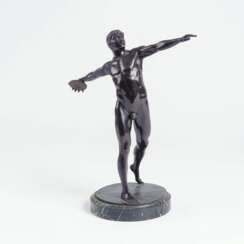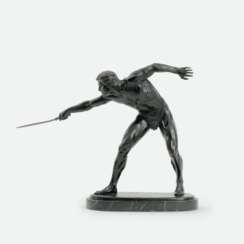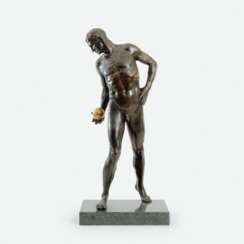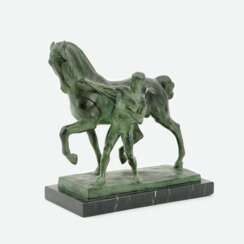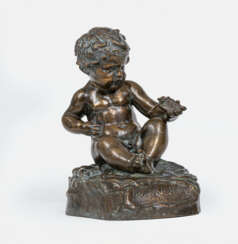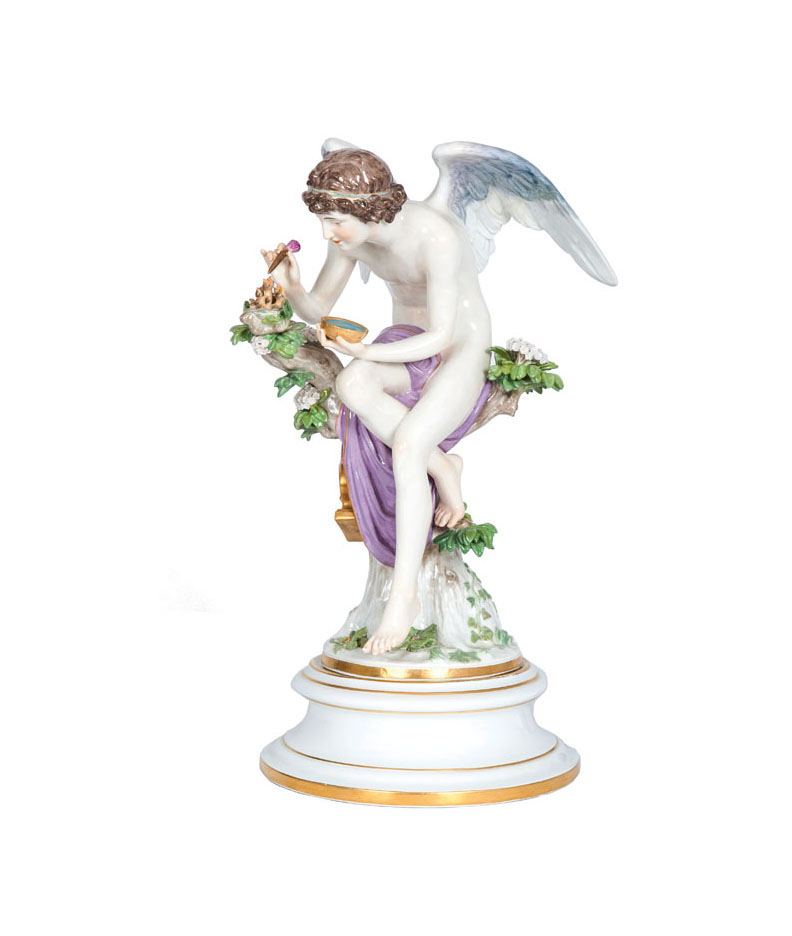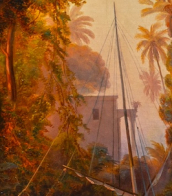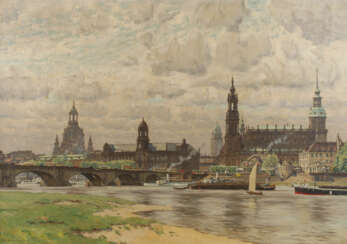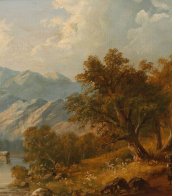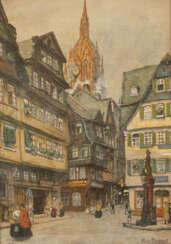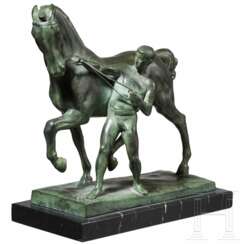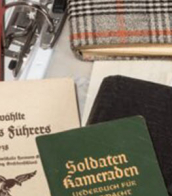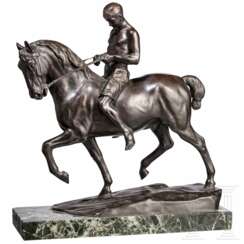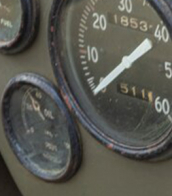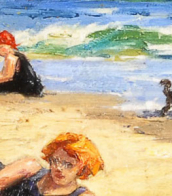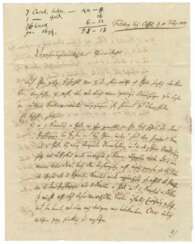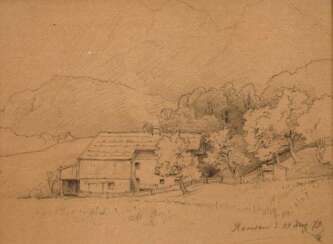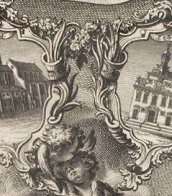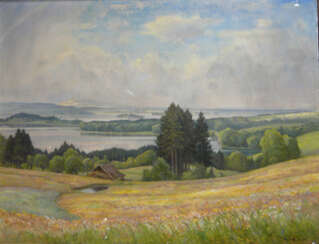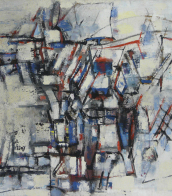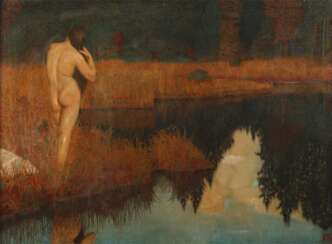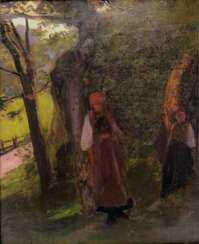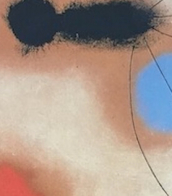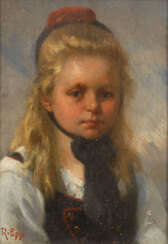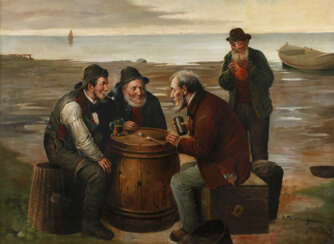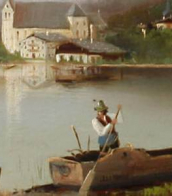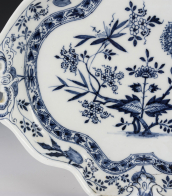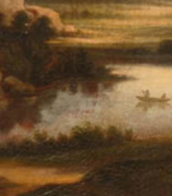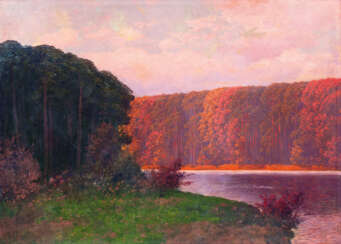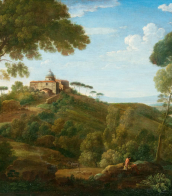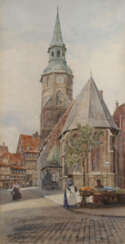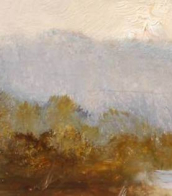rudolf becker
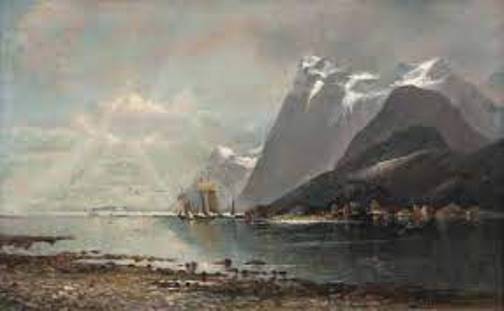
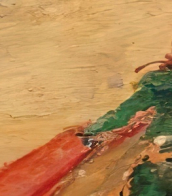
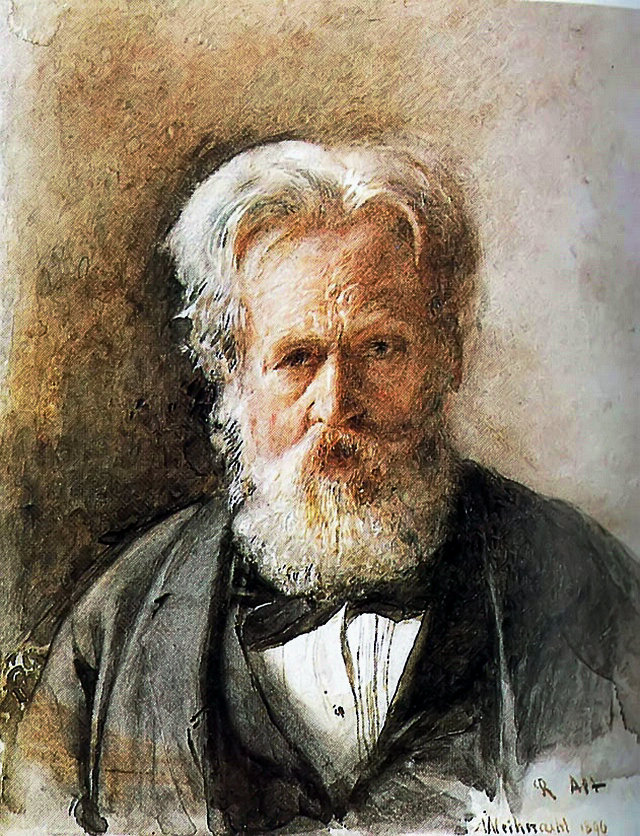
Rudolf von Alt was an Austrian watercolorist and landscape painter.
Rudolf studied at the Academy of Art in Vienna, painted architectural landscapes and portraits. In search of interesting views, he traveled extensively throughout Europe, worked for some time in Rome and Naples, visited the lakes of Lombardy, then Galicia, Bohemia, Bavaria. In 1863 Rudolf von Alt came to the Crimea to paint views of the Empress's estate, and in 1867 he traveled to Sicily.
Critics note his masterful command of watercolor, thanks to which the artist very realistically conveys the details of architecture and shades of light. Von Alta's later works reflect the trends of Impressionism.
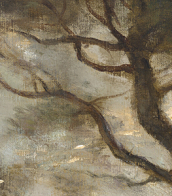
Rudolf Marcuse was a German sculptor of Jewish ancestry. Most of his works were relatively small, and many were designed for porcelain.

Rudolf Marcuse was a German sculptor of Jewish ancestry. Most of his works were relatively small, and many were designed for porcelain.
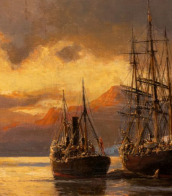
Rudolf Marcuse was a German sculptor of Jewish ancestry. Most of his works were relatively small, and many were designed for porcelain.

Rudolf Marcuse was a German sculptor of Jewish ancestry. Most of his works were relatively small, and many were designed for porcelain.
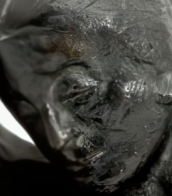
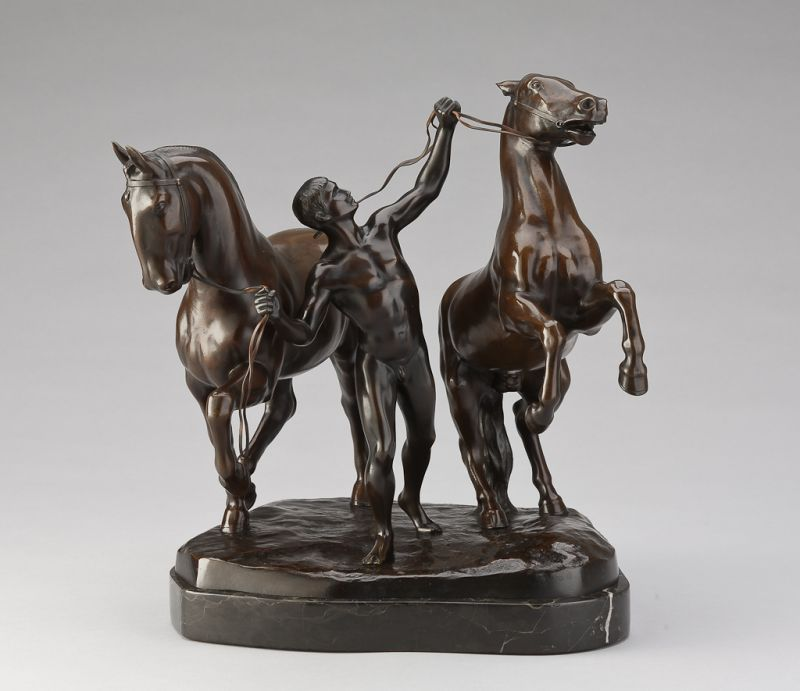
Rudolf Kaesbach was a German sculptor.
Rudolf Kaesbach studied at the academies of Hanau (drawing), Paris (foundry) and Brussels. In Düsseldorf he ran a workshop in which he cast his own models.
After 1904, Rudolf Kesbach presented a series of life-size marble figures to the public at exhibitions in Berlin, Düsseldorf and Malmö. Later he devoted himself increasingly to the depiction of nude women. Much of his work took him beyond Art Nouveau to Art Deco.
In 1939, 1940, 1941 and 1943, Kiesbach exhibited his sculptures at the Great German Art Exhibitions in Munich. These exhibitions were representative under National Socialism.


Rudolf Kaesbach was a German sculptor.
Rudolf Kaesbach studied at the academies of Hanau (drawing), Paris (foundry) and Brussels. In Düsseldorf he ran a workshop in which he cast his own models.
After 1904, Rudolf Kesbach presented a series of life-size marble figures to the public at exhibitions in Berlin, Düsseldorf and Malmö. Later he devoted himself increasingly to the depiction of nude women. Much of his work took him beyond Art Nouveau to Art Deco.
In 1939, 1940, 1941 and 1943, Kiesbach exhibited his sculptures at the Great German Art Exhibitions in Munich. These exhibitions were representative under National Socialism.





